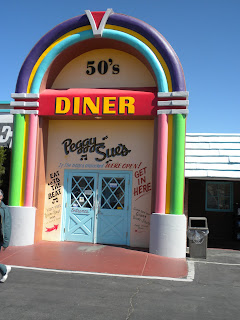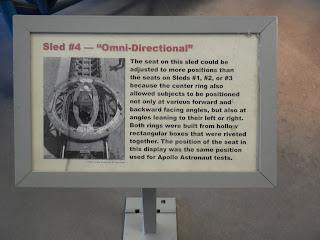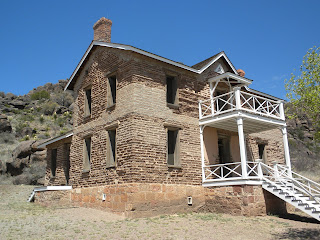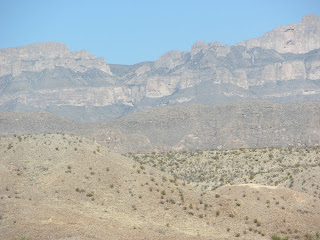


04/28/10 Today we visited the Old Mission San Juan Bautista not too far a distance from Gilroy in San Juan Bautista, CA. It was June 24, 1797 when this Mission was founded by Fr. Fermin de Lasuen, Presidente of the California Missions, successor of the Blessed Juniper Serra. This mission was one of the 4 established by Fr. Lasuen that summer of 1797 and the 15th of the 21 missions in Alta, CA. Largest of all the mission churches, and is still an active parish today, faces the only ORIGINAL Spanish plaza in CA. There is a museum here as well as a gift shop and chapel. The garden area here adjacent to the veranda is just lovely with many rose bushes in bloom similar to the other mission we just visited in Soledad.
In 1817 the interior of the church continued through 1817 when the floor was tiled and the main altar and reredos (which holds 6 statues were completed by a Thomas Doak, an American sailor who jumped ship in Monterey and who painted them in exchange for room and board.
There are rooms off of the “convento” where the museum is where one can see old artifacts from the church, old vestments and even a living room which is displayed that may have looked a lot like that of the Breen family who occupied the mission back in 1847 and called this place home. This family actually survived the Donner Party tragedy.
The Our Lady of Guadalupe chapel is just lovely too. Mass is offered here at noon daily but for some reason the priest didn’t show up for mass today on time and we decided to leave.
We took a walk into town after and had lunch at a local Mexican restaurant, called Casa Esther. It was very good and the servings were generous.















































